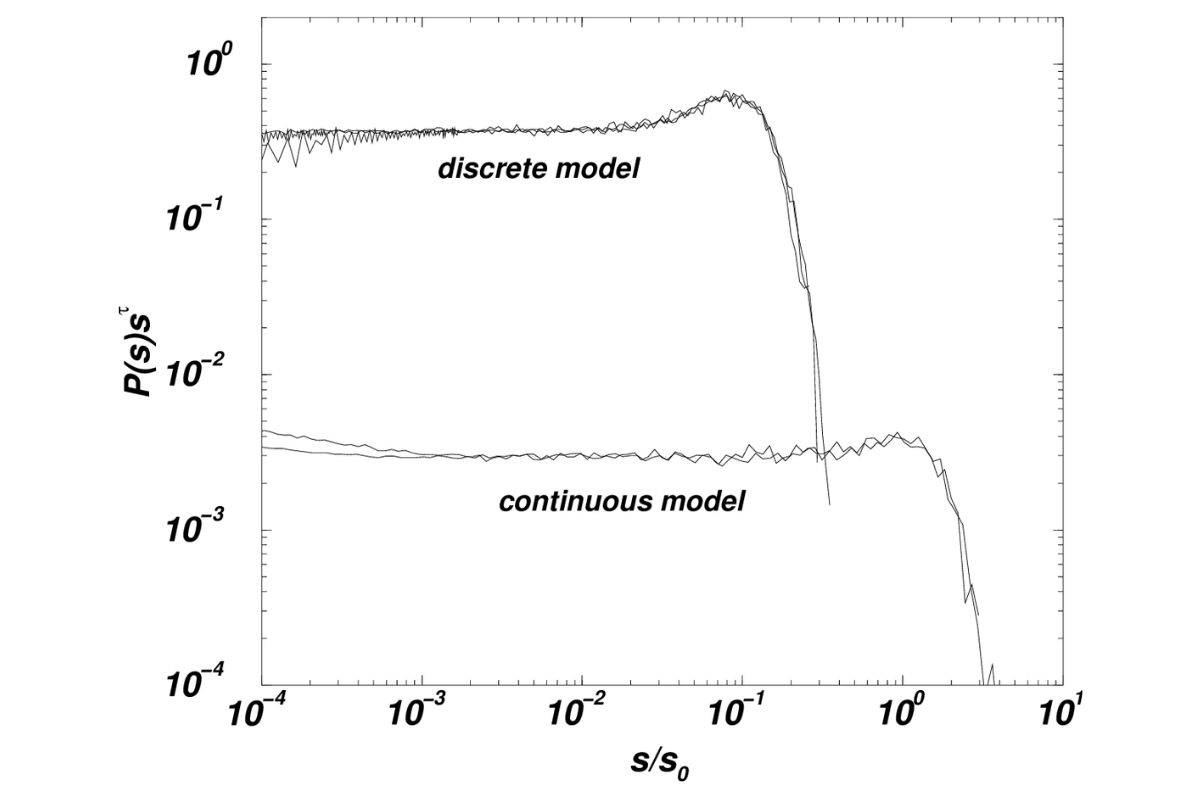
What is the Edwards-Wilkinson Equation? The Edwards-Wilkinson Equation is a fundamental concept in statistical physics. It describes the evolution of a surface's height over time, considering random fluctuations and smoothing effects. This equation is crucial for understanding how surfaces grow and change in various scientific fields, from material science to biology. Imagine a wavy surface, like the ocean, where waves constantly rise and fall. The Edwards-Wilkinson Equation helps predict how these waves will behave over time. It's a powerful tool for scientists studying phenomena like crystal growth, bacterial colonies, and even financial markets. Curious about how this equation impacts our world? Let's dive into 27 fascinating facts about the Edwards-Wilkinson Equation!
What is the Edwards-Wilkinson Equation?
The Edwards-Wilkinson equation is a fundamental concept in statistical physics, particularly in the study of surface growth and interface dynamics. It describes how a surface evolves over time under random fluctuations. Let's dive into some fascinating facts about this intriguing equation.
-
The Edwards-Wilkinson equation was introduced by Sam Edwards and David Wilkinson in 1982.
-
It is a linear stochastic partial differential equation.
-
The equation models the height ( h(x,t) ) of a growing interface at position ( x ) and time ( t ).
-
The equation is given by: (frac{partial h(x,t)}{partial t} = nu nabla^2 h(x,t) + eta(x,t)), where (nu) is the surface tension and (eta(x,t)) represents random noise.
-
The noise term (eta(x,t)) is typically assumed to be Gaussian and white, meaning it has zero mean and is uncorrelated in space and time.
Applications of the Edwards-Wilkinson Equation
This equation isn't just theoretical; it has practical applications in various fields. Here are some interesting ways it is used.
-
It helps in understanding the growth of thin films in material science.
-
The equation is used to model the spread of bacterial colonies.
-
It plays a role in the study of fluid flow in porous media.
-
Researchers use it to analyze the roughness of surfaces in nanotechnology.
-
The Edwards-Wilkinson equation is also applied in financial mathematics to model stock prices.
Key Properties of the Edwards-Wilkinson Equation
Understanding the properties of this equation can provide deeper insights into its behavior and applications.
-
The equation exhibits scaling invariance, meaning its form remains unchanged under certain transformations of space and time.
-
It belongs to the Kardar-Parisi-Zhang (KPZ) universality class in one dimension, a broader category of growth processes.
-
The roughness of the surface described by the equation grows logarithmically with time.
-
In higher dimensions, the equation can exhibit different scaling behaviors.
-
The Edwards-Wilkinson equation is often compared to the Langevin equation, another fundamental equation in statistical physics.
Mathematical Techniques for Solving the Edwards-Wilkinson Equation
Solving this equation requires various mathematical techniques. Here are some methods used by researchers.
-
Fourier transform techniques are commonly employed to solve the equation in the frequency domain.
-
Green's function methods help in finding solutions for specific boundary conditions.
-
Numerical simulations are often used when analytical solutions are difficult to obtain.
-
Renormalization group analysis provides insights into the scaling properties of the equation.
-
Perturbation theory can be applied to study the effects of small deviations from the ideal conditions.
Interesting Facts About the Edwards-Wilkinson Equation
Here are some lesser-known but intriguing facts about this equation.
-
The equation has connections to the Burgers' equation, another important equation in fluid dynamics.
-
It is related to the heat equation, a fundamental equation in thermodynamics.
-
The Edwards-Wilkinson equation can be derived from the master equation in statistical mechanics.
-
It has been extended to include non-linear terms, leading to the KPZ equation.
-
The equation has been studied in various geometries, including cylindrical and spherical surfaces.
-
Researchers have explored the effects of correlated noise on the solutions of the equation.
-
The Edwards-Wilkinson equation continues to be a topic of active research, with new discoveries and applications emerging regularly.
The Edwards-Wilkinson Equation in a Nutshell
The Edwards-Wilkinson equation is a cornerstone in understanding surface growth and fluctuations. It models how surfaces evolve over time, influenced by random noise and smoothing effects. This equation has applications in physics, materials science, and even biology. It helps predict how surfaces like thin films or bacterial colonies will behave under various conditions. The equation's simplicity makes it a go-to tool for researchers, yet its implications are profound. From nanotechnology to ecology, the Edwards-Wilkinson equation provides valuable insights into complex systems. Understanding this equation can open doors to new technological advancements and scientific discoveries. Whether you're a student, a researcher, or just curious, grasping the basics of this equation can be incredibly rewarding. So, next time you see a rough surface, remember there's a bit of Edwards and Wilkinson in its story.
Was this page helpful?
Our commitment to delivering trustworthy and engaging content is at the heart of what we do. Each fact on our site is contributed by real users like you, bringing a wealth of diverse insights and information. To ensure the highest standards of accuracy and reliability, our dedicated editors meticulously review each submission. This process guarantees that the facts we share are not only fascinating but also credible. Trust in our commitment to quality and authenticity as you explore and learn with us.
